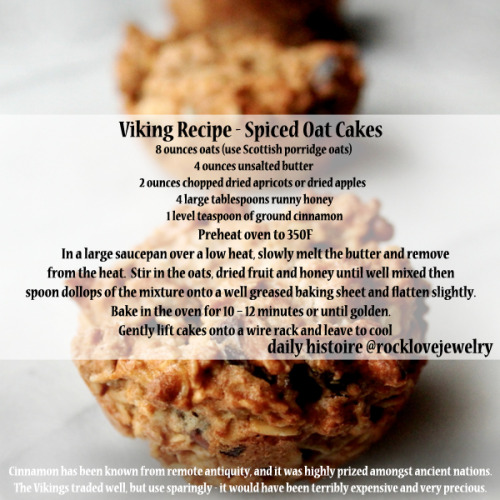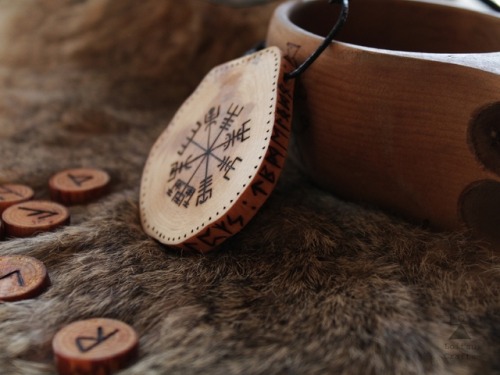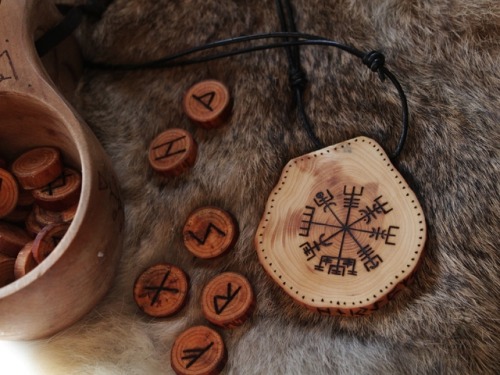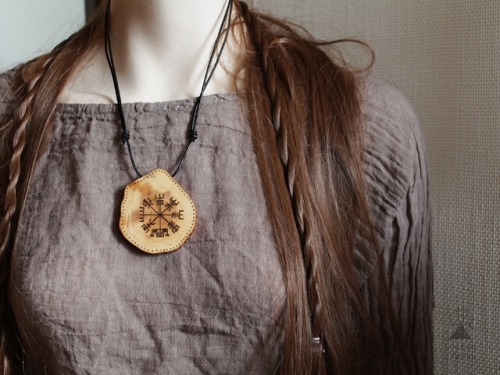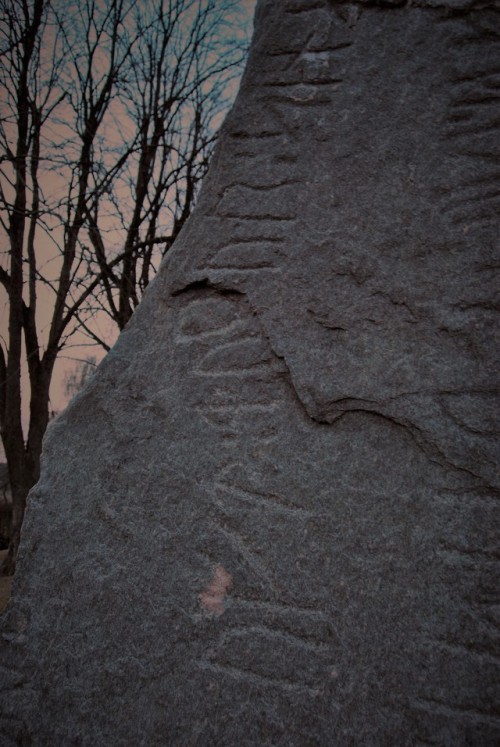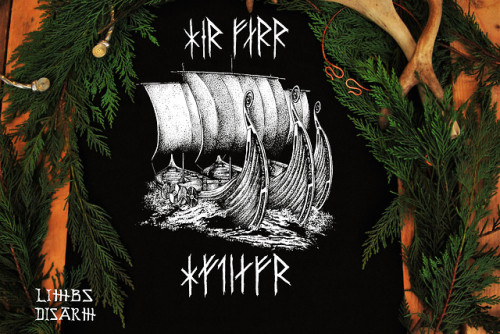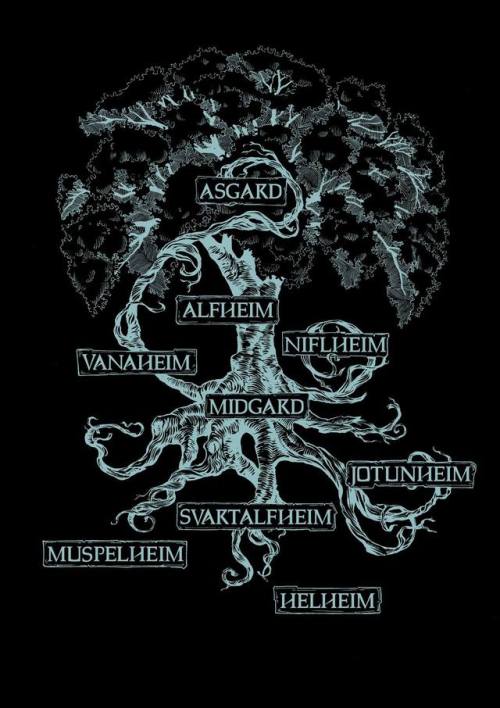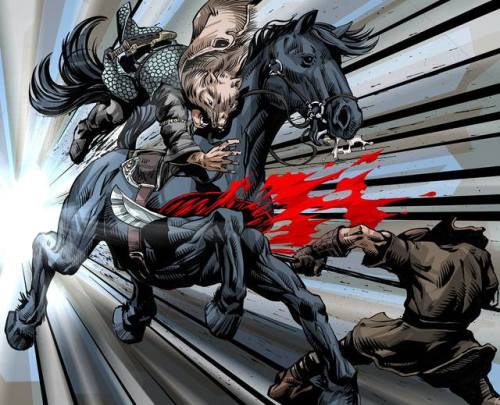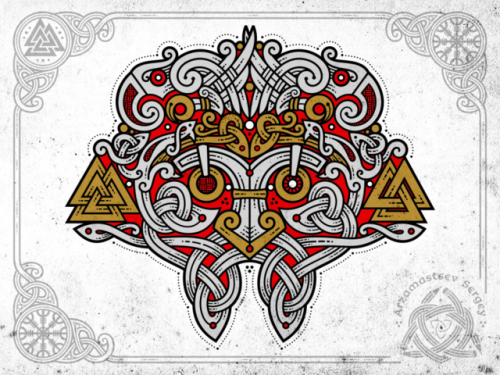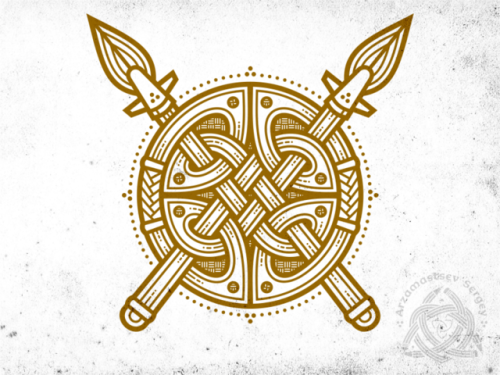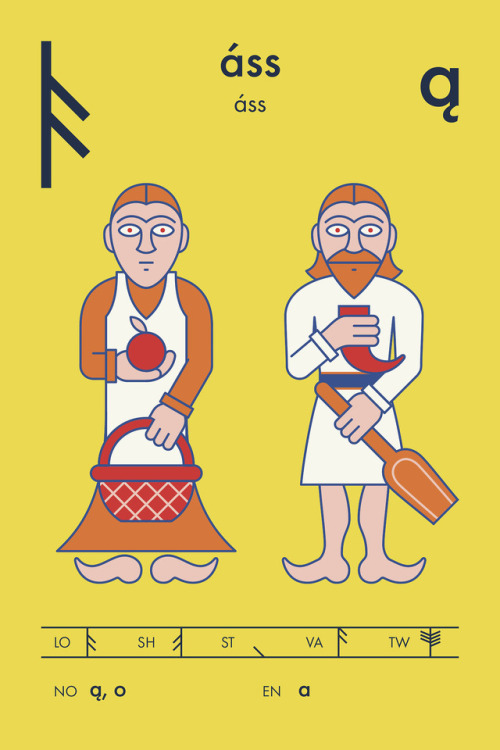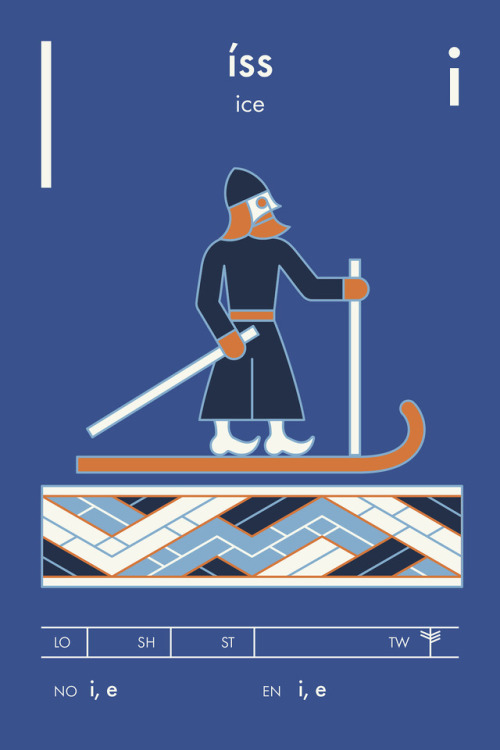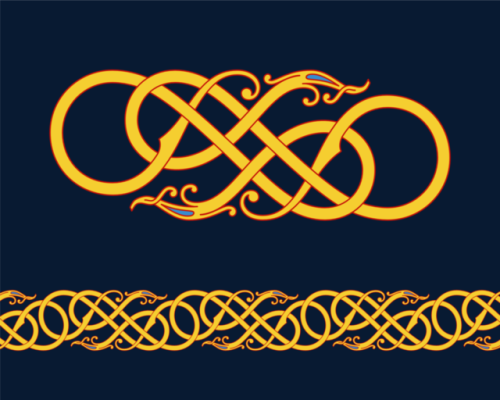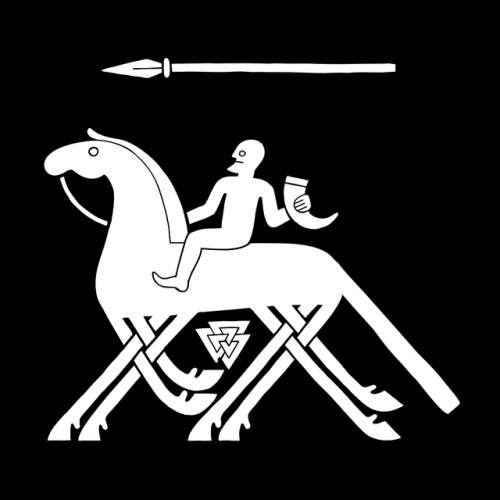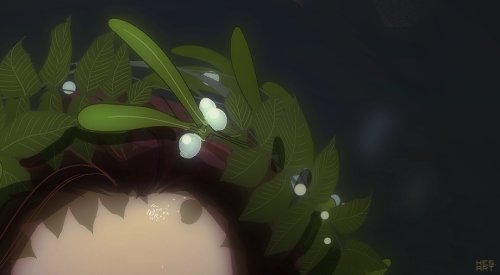#viking age
Åsa Haraldsdatter, Queen of Agder (Early 9thcentury)
Daughter of King Harald Granraude of Agder, Åsa is a semi-legendary figure in Norwegian history.
King Gudrød Veidekonge of Borre proposed marriage to her after the death of his first wife, Alvhild Alfarinsdatter, but King Harald refused the marriage. King Gudrød did not take the refusal in a good way, so he killed King Harald and his son. With both her father and brother dead, Åsa was abducted by King Gudrød and was forced to marry him.
She quickly fell pregnant; about a year after her marriage she became the mother of Halfdan the Black. Åsa did not wait long to get her revenge, during the year her son was one year old she ordered her servant to kill King Gudrød.
She left the kingdom of Borre to her stepson Olaf Gudrødsson, and took her own son with her back to the kingdom of Agder, where she took power.
Åsa ruled Agder as Queen Regnant for about two decades, after this she left the throne to her son, Halvdan.Trivia
- Her grandon was Harald Hårfagre (Harald Fairhair), the king who would unite Norway into one kingdom
- There’s a theory that queen Åsa was the woman buried with the famous Oseberg ship from 834, but this has not been confirmed
Post link
It’s been a while since I last made a Vegvísir amulet - maybe even a couple of years! So here is to a come back :) Only one available at my Etsy shoppe.
Post link
Original viking ship from the Viking age, Roskilde, Denmark.
“Around the year 1070, five Viking ships were deliberately sunk at Skuldelev in Roskilde Fjord in order to block the most important fairway and to protect Roskilde from an enemy attack from the sea. These ships, later known as the Skuldelev ships, were excavated in 1962. They turned out to be five different types of ships ranging from cargo ships to ships of war.”
Photo by me.
Post link
This is an inscripted runestone from the 10th century Viking age, located in the graveyard of Rimsø church, Denmark. The church itself dates back to 1150, making it one of the oldest churches of Denmark, and underneath it might also hide a former structure from the late Viking age. With its 2,30m of hight, Rimsø runestone is one of the tallest runestones in the country (there are taller ones only on Bornholm), and one of the few stones in Scandinavia erected for a woman. The stone is made of blue granite and inscripted in the Younger Futhark runic alphabeth, a reduced form of only 16 characters of the Elder Futhark, which was in use from the 2nd to the 8th century. Its inscription, partially damaged, states that “Þórir, Einráði’s brother, raised this stone in memory of his mother and … (a mother’s death) is the worst (misfortune) for a son”. Expressing feelings at the end of a runestone inscription is quite unique. Another peculiarity of this stone is that the runic text starts on the narrow side of the stone, unlike most runestones found in Europe, where it usually starts on the larger side. Rimsø runestone also stands out as this is the only runestone in Denmark with the so-called “lønskrift” scripture, where some words, four in this case, must be read in reverse.
The stone stands on a 24m large and 1.5m high tumulus that has never been archaeologically excavated. On the top of the mound, there’s a depression that could reveal the presence of a partially collapsed burial chamber, that might contain the remains of this woman. It’s not sure where the stone was originally located, if on the top of the burial mound or on its foot, and if it was part of the burial mound, but only an archaeological investigation of the complex could shed some light on their possible connection. What we know is that about 100 Danish churches stand on more ancient burial grounds, the most famous of which are in Jelling, where a church has been built between two large burial mounds, the graves of King Gorm and Queen Thyra, whose remains Harald Blåtand later moved to the first Christian church he built in Jelling. Rimsø runestone is mentioned for the first time in 1832. Until 1875 it was walled into the south side of the church near the pedestal, and in 1889 it got its present location on the mound. Until 1814 there was also another smaller runestone, which has now unfortunately disappeared.
Post link
New print!
Hér Ferr Hafdjarfr – Here sails the Sea-Brave.
Handpulled screenprint, available as t-shirt and backpatch: https://www.etsy.com/shop/limbsdisarm
Bryggen, Bergen, Norway – Some time during the early middle ages an unknown master runer carefully carved a Juniper stick with outstanding and meaningful designs. Still incredibly evocative of that past, the stick represents a complete Viking war fleet in all its power and glory, probably ready to sail, with dragonheads and pennants dominating the scene. On the reverse side of the stick is written Hér ferr Hafdjarfr, which literally means ‘Here sails the Sea-Brave’, either meaning an entire fleet or referring to the particular name (Hafdjarfr) of a local sea-bold.
Juniper itself was definitely not a random choice for the job. Part of the cypress family, it is one of the most widespread conifers and Vikings, being seamen and adventures who spread throughout Europe and beyond, would have found it everywhere. From warm and sunny Mediterranean places to the freezing landscapes of Norway, Greenland and Iceland, thus infusing a sense of longevity and immortality.
This print is the celebration of one of the most evocative archaeological findings in Scandinavian history and, in particular, of its Viking Age.
Longboats design by our friend @susannamascia, follow her to see more of her work!
More on my IG: https://www.instagram.com/limbsdisarm/
Post link
Vargöld is a graphic novel by Thor Arnors, Jon Pall and Andri which features Norse Mythology, Vikings and the old customs.
Featured artwork includes the murder of Ymir by Odin, Vili and Ve, Yggdrasil and the nine realms, gungnir, Thor, the hall of the einherjar, an ulfhedinn and a ship burial tradition.
Ragnarök, the end of the gods, is approaching and knowing this Odinn sets out to change their destiny, at any cost, bringing about an age of terror and conflict – the wolf age.
Post link
Thunderstones

A Scandinavian/Nordic folk belief pre-dating the Viking Age, a tordenstein (in Norwegian), known as a ‘thunderstone’ in English and ‘dynestein’ in Old Norse, refer to recovered Stone Age flint axes/tools (usually dug up from the earth after many years beneath the surface) used as talismans, protective amulets and sacred objects in heathenry.
Believed to have been hurled to earth by Thor, within lightning bolts during thunderstorms, as weapons to destroy trolls, alver (elves) and other malevolent vetter (mystical or spirit creatures), to protect the world from chaotic forces.
This ancient tradition is one of the longest continuously running and most widely spread customs in human history, practiced for many thousands of years across many cultures, in various different ways.

When thunderstones were first excavated from Viking Age graves, they were initially dismissed as accidental additions because they were dated as much as 5000 years before the burial. As more evidence emerged and more examples were excavated (including one in an untouched, sealed stone coffin), it was soon understood that these thunderstones held significant importance. Some unearthed examples were even carried to Iceland all the way from Norway by treacherous sea voyage! It is believed that they protected houses and people, along with protecting the hamingja (”luck”).


To the Vikings, there were three essential properties for a thunderstone, according to Olle Hemdorff, an archeologist from the University Of Stavanger, Norway and expert on the topic:
“The form had to be similar to an ax or a hammer—that is, a ground stone or flint. The stone had to have ‘flaming’ properties, which flint and quartz have. And all the stones were damaged with the edge chipped off—'proof’ that they fell from the sky.”
In Scandinavian folklore, thunderstones are seen as potent magical artefacts and anyone lucky enough to dig one up possesses a very powerful charm. Often worshipped as famial or ancestral deities/powers, they are said to protect against spells and witchcraft, if kept on the person.
Similarly, if placed within the wall of a home, they will bring good luck, prevent lightning from striking and protect against bad magic.
When used within a sacrificial blot ceremony, the thunderstone would be venerated with an offering of beer, poured over the stone, or anointed with butter.
Photographs:
- My own tordenstein.
- Lightning shower (CNN, 2014).
- Artistic recreation of Viking Age woman with tordenstein in excavated in Kongshaugen, Norway.
- Photograph of the Stone Age greenstone axehead and grave goods found buried with the Viking Age woman (as above)
The Anatomy Of Viking Art
This phenomenal series by artist Jonas Lau Markussen explores the styles of Viking Age art. His recent series depicting the Younger Futhark is a sight to behold. Follow him for more.
Web - Jonas Lau Markussen
Tumblr - @jonaslaumarkussen
Post link
⚔ Hrafnmær, hunter of wolves ⚔
One of my original characters for a cast set in Europe’s Viking Age. The plants in the crown are mistletoe and ash.
Post link




